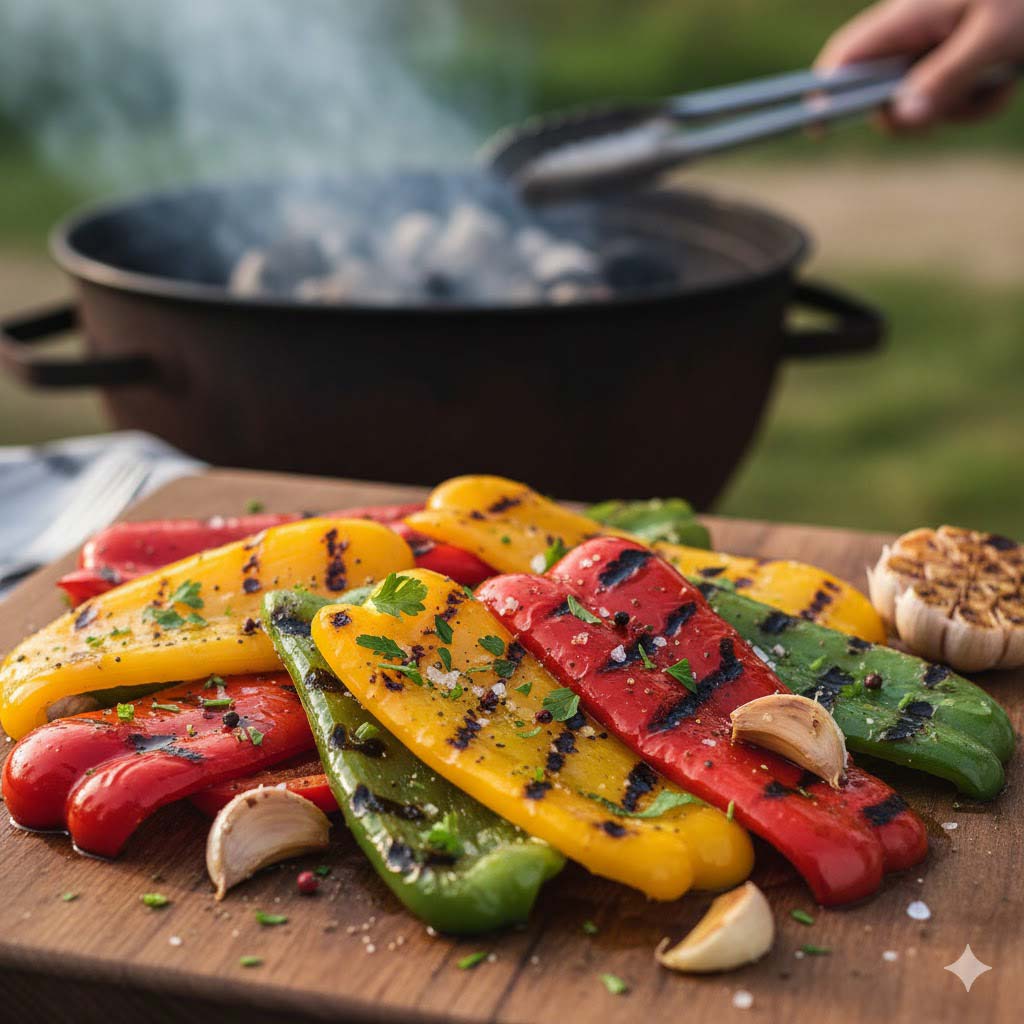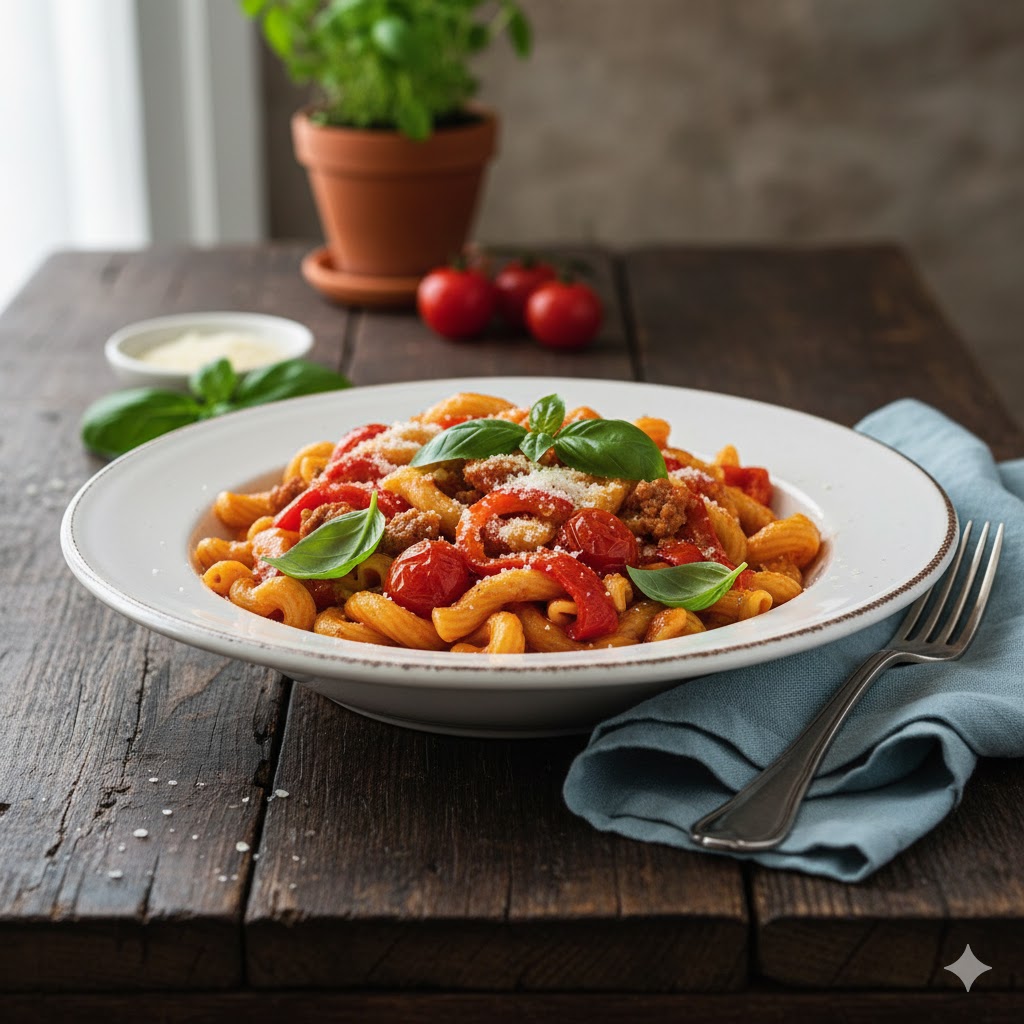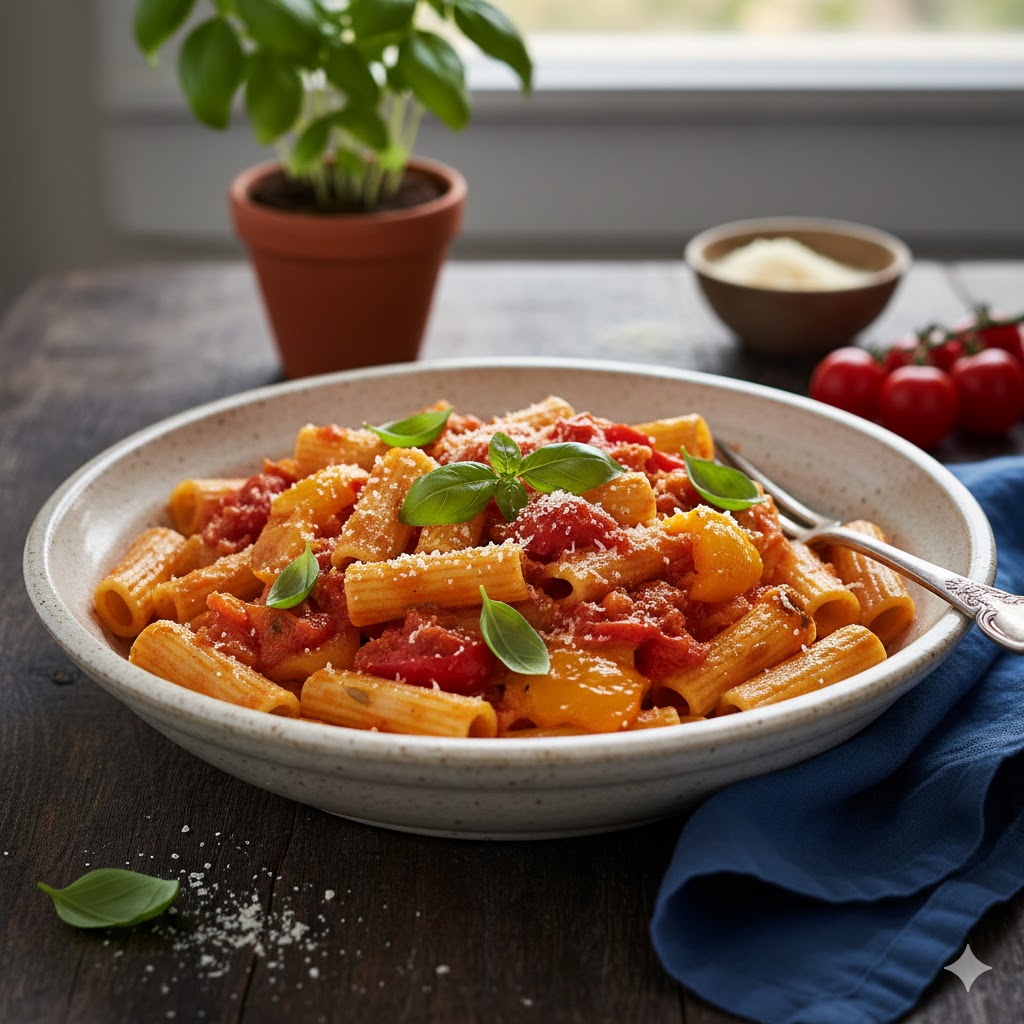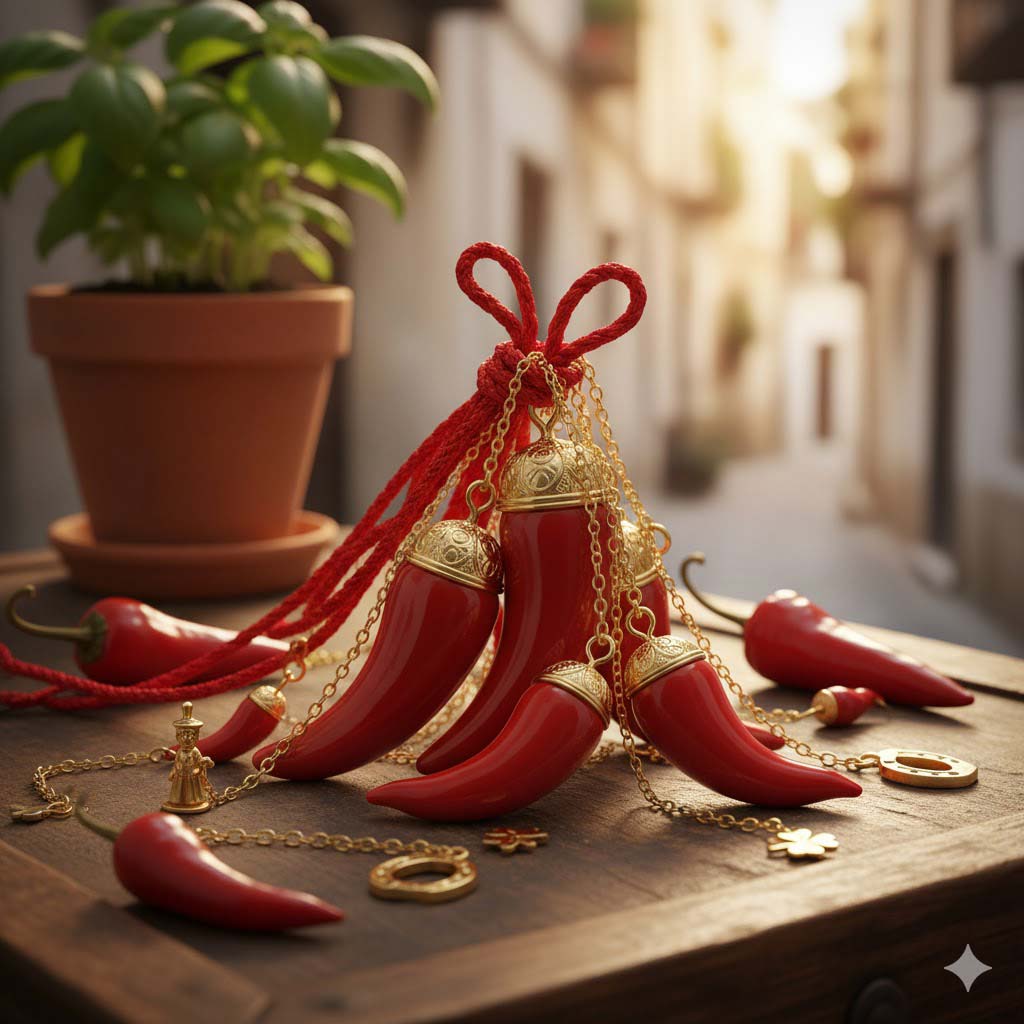Bell peppers, also known as sweet peppers or capsicums, are one of the most colorful and versatile vegetables in the world. Despite their association with Mediterranean cuisine today, bell peppers actually originate from the Americas. Archaeological evidence suggests that they were first cultivated in Central and South America over 6,000 years ago. Ancient civilizations like the Aztecs and Mayans grew a variety of peppers, using them not only for food but also for medicinal and ceremonial purposes.
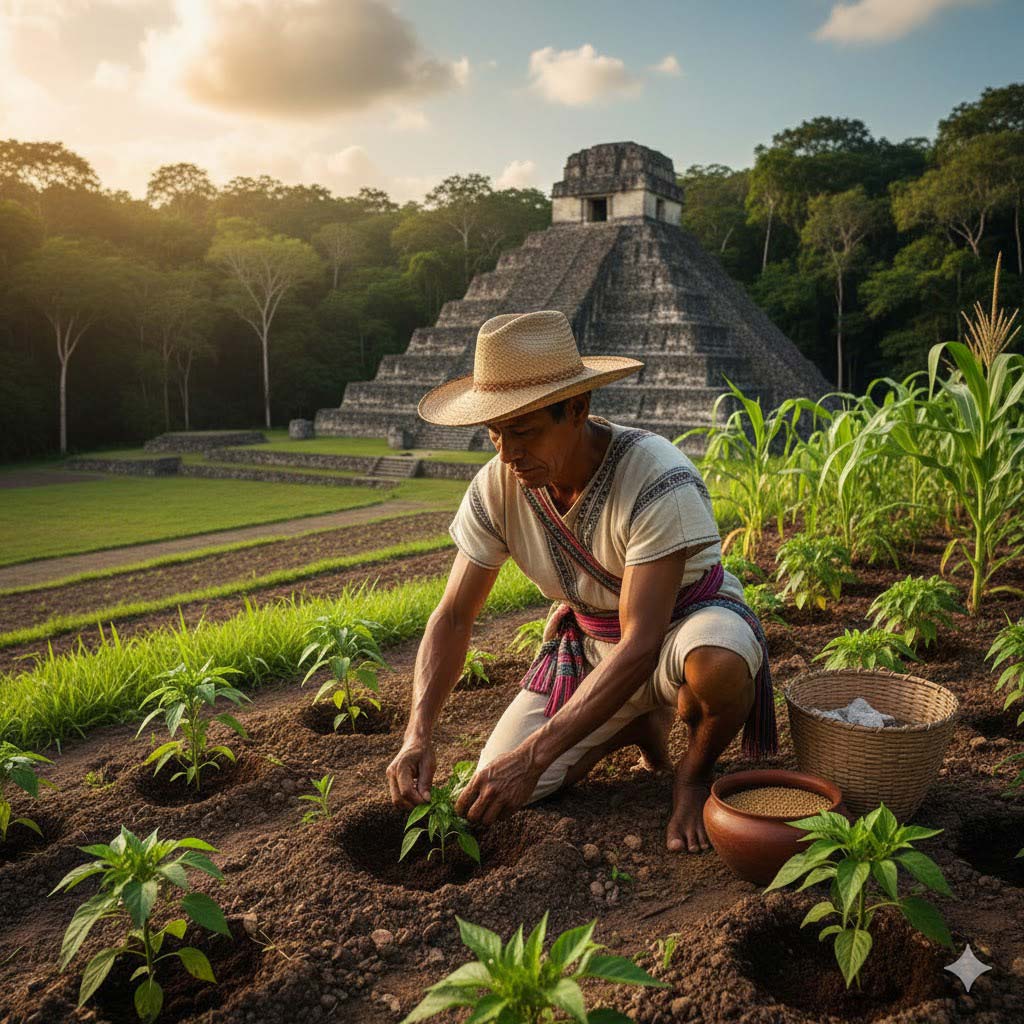
The word “capsicum” comes from the Greek word kapto, meaning “to bite,” reflecting the pepper’s pungent flavor in its wild forms. Spanish explorers brought bell peppers to Europe in the 15th and 16th centuries, where they quickly became popular in kitchens across Spain, Italy, and the Balkans. Unlike their hotter relatives, bell peppers were valued for their sweet flavor, vibrant colors, and versatility in cooking.
Over time, bell peppers were selectively bred to enhance their sweetness and reduce bitterness. This selective cultivation led to the wide variety of colors we see today, from green to red, yellow, orange, and even purple. Each color represents a different stage of ripeness or a distinct cultivar, giving cooks and chefs a palette of flavors and textures to experiment with.

Bell peppers also spread to Asia and Africa, becoming integral ingredients in numerous regional cuisines. In India, they are often used in curries and stir-fries, while in China they are a staple in stir-fried dishes with meat or tofu. Their mild taste and nutritional value, rich in vitamins A and C, have contributed to their global popularity.
Today, bell peppers are cultivated worldwide and enjoyed in countless recipes, from salads and pasta to roasted dishes and stuffed peppers. Their journey from ancient American fields to modern kitchens illustrates not only the adaptability of this vegetable but also the rich history of human cultivation and culinary innovation. Bell peppers remain a symbol of color, flavor, and cultural exchange in the global culinary landscape.
